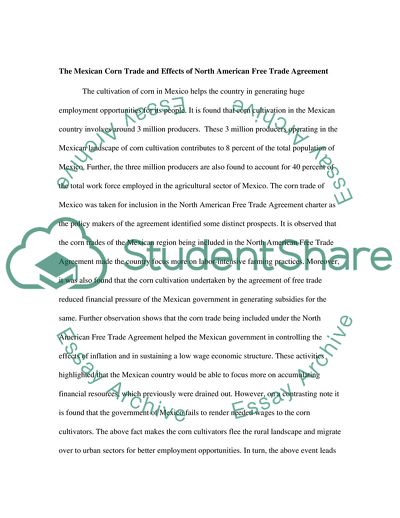Cite this document
(International Trade - Mexican Corn Trade, Performances, and Policies Case Study, n.d.)
International Trade - Mexican Corn Trade, Performances, and Policies Case Study. https://studentshare.org/macro-microeconomics/1745737-international-trade-mexican-corn-trade-performances-and-policies
International Trade - Mexican Corn Trade, Performances, and Policies Case Study. https://studentshare.org/macro-microeconomics/1745737-international-trade-mexican-corn-trade-performances-and-policies
(International Trade - Mexican Corn Trade, Performances, and Policies Case Study)
International Trade - Mexican Corn Trade, Performances, and Policies Case Study. https://studentshare.org/macro-microeconomics/1745737-international-trade-mexican-corn-trade-performances-and-policies.
International Trade - Mexican Corn Trade, Performances, and Policies Case Study. https://studentshare.org/macro-microeconomics/1745737-international-trade-mexican-corn-trade-performances-and-policies.
“International Trade - Mexican Corn Trade, Performances, and Policies Case Study”. https://studentshare.org/macro-microeconomics/1745737-international-trade-mexican-corn-trade-performances-and-policies.


